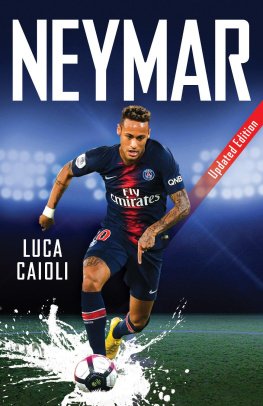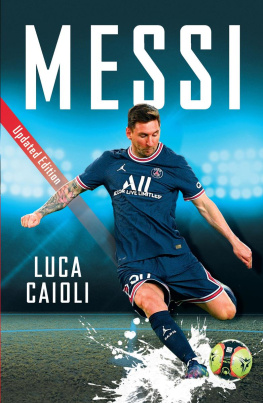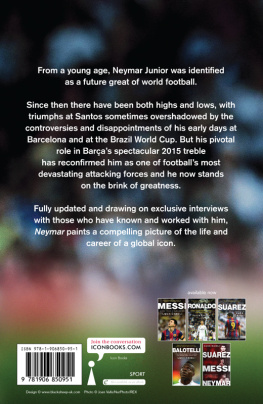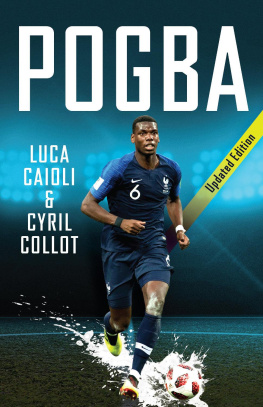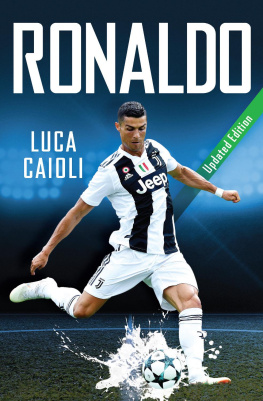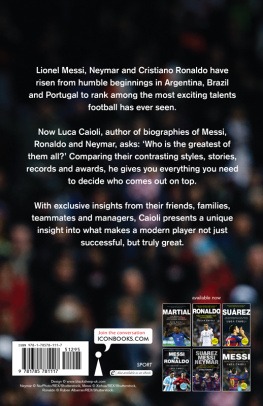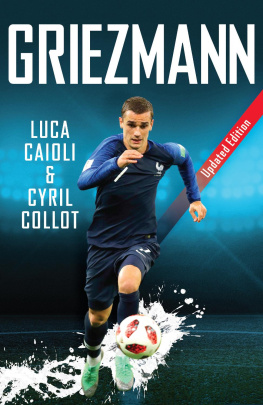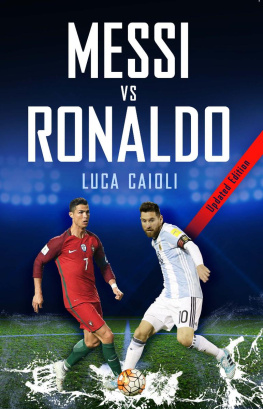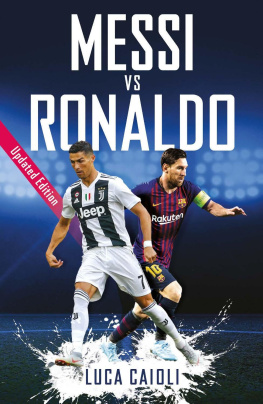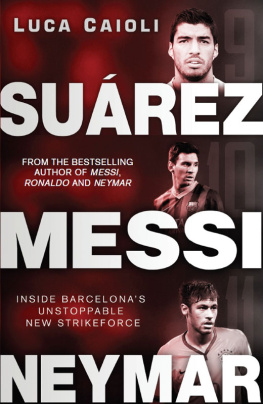A conversation with Jos Miguel Wisnik
Who are the best dribblers in the world and the best goalscorers? The Brazilians. It goes without saying that their football is football poetry: it revolves around dribbling and goals. Catenaccio [an extremely defensive style] and triangulation represents football prose: it is based on synthesis; a collective and organised game, i.e. reasoned execution of the football code.
Writing in a 1971 essay entitled Il calcio un linguaggio con i suoi poeti e prosatori (Football is a language with its poets and writers of prose), Pier Paolo Pasolini, film director, writer and great football fan, set out the similarities between literary genres and styles of playing football, offering a significant distinction between football poetry and football prose: a dichotomy which Jos Miguel Wisnik, Brazilian musician, composer, essayist and professor of Brazilian literature, uses as the basis for his analysis of the game he so dearly loves. He is a huge fan of Santos.
His reasoning is set out in a book, Veneno remdio: o futebol e o Brasil (Poison remedy: football and Brazil), published a few years ago. Today he reflects on what Neymar means, or what he could mean, for the history of football in his country. This is a player whom he jokingly describes as the Baudelaire of football. Sitting comfortably in his study in So Paulo, he takes his time before the verbal floodgates open.
Brazilian football created a tradition which is based on the ellipse, a style of play which consists of creating non-linear ways of occupying space and breaching the defence. I based my ideas on what Pasolini wrote about football prose and football poetry. We say that football prose is more linear, more tactically responsible, collective, defensive; it involves counterattack, triangulation, cross-overs and rational movements. The idea of football poetry is that of a football which creates new spaces out of nowhere in a non-linear way, using dribbling as the deciding factor. It can be used to penetrate the opponents space or just to be effortlessly beautiful or effective. It can be a means to an end or a way to get to goal. Man Garrincha, for example, took dribbling to the extreme but at the same time was very effective. In the history of Brazilian football, there were glorious moments where dribbling was just for the sake of it but at the same time effective.
In the 1930s, when Gilberto Freyre analysed Brazil from a sociological, anthropological and historical perspective, he noted that the identity of Brazilian football was closely linked to the identity of the half-caste people. The Brazilians took the English choreographed, formulaic style and turned it into more of a dance, mixing nifty footwork and capoeira and samba dance skills. This obviously has had a huge impact on how our culture is interpreted: the idea that efficiency is only valued if it is accompanied with pleasure; in other words, the ideal situation is bringing together the concepts of work and partying. Brazilian football, in this context, is both the poison and the antidote because it is a form of cultural realisation like popular music or carnival, but it is also a problem because it promotes the idea that our culture glorifies laziness and gratuity over efficiency.
Can we go back to the concept of football and poetry and how it takes us to Neymar?
Sure. That was just an introduction. So, Brazilian football gave a style to English football which Freyre defines as curvilinear and Pasolini poetic. A style of play which was developed in South America in the 1960s and reached a climax in the 1970 World Cup in Mexico. At this time, Brazilian football created a repertoire of non-linear moves which can be considered as ellipses, a concept of both geometry and rhetoric. Moves which are based on curves or freezing of time. Just think about all the various types of dribbling: dummies to the left, shimmies to the right, fakes, using the moment to beat your opponent in a static situation. Also the one-two, the lob, the falling leaf where the ball would deftly swerve downwards just at the right time. A classic repertoire which existed in Brazilian football from 1962 to 1970. It then existed only as a trait or style but from the 1970s onwards Brazilian football adapted to the new reality in international football, i.e. physical and athletic fitness, team play, different formations and specialisation of attackers and defenders.
In the World Cups of the 1970s, 1980s and 1990s, Brazil tried various solutions. The football poetry was still there somehow, with players like Zico, Scrates and Falco playing in 1982, or with Romario, who in 1994 still played ellipse football in a national team which had adopted a more prosaic style. Up until the arrival of Ronaldinho, a footballing genius who brought back the entire repertoire of Brazilian football. You could see Didis falling leaf, Pels lob or Garrinchas dribbling. Ronaldinho was an artist of mannerisms, almost as though he was quoting other players famous moves. Ronaldinho is well aware of this and as an author quotes another writer, he quotes a goal of a player from the past.
And now we get to Neymar
Yes, all of the above was to get to Neymar. In a time when no one believes a poetic tradition exists and that it is disappearing even in Brazil due to a tendency to play football prose, along comes Neymar. A player who represents someone who wants to keep this poetic style alive.
Neymar has an extraordinary dribbling repertoire. Impressive, I would say: a repertoire that shocks you with its inventiveness, its freshness. It is pure ellipse football. If you dont believe me, watch the dribbling with his heel against Seville in one of the first games of the [2013/14] Spanish league season: something unexpected, which no one even dreamed of.
At Santos, from when Neymar was thirteen years old, he was marked out as the future champion. He is part of a generation which has been trained and grown to be something important. Often important groundbreaking news does not live up to the hype. Neymar, however, completely lived up to the qualities that were ascribed to him. In addition to his magical ability on the ball, he has a natural charisma, extraordinary likeability and the ability to manipulate his public image, just like a pop star. He has conquered the hearts and minds of girls and the public alike and is acknowledged by other clubs fans and by great players from the past and present. In his years at Santos he showed all his exuberance, all his ability to dribble the ball, thus confirming that the tradition continues with him.
Yes, Neymar is a poet, a graffiti artist: his sonnets are daubed all over the citys walls. His hair, his way of putting his shirt collar up and his celebrations are all part of his poetic performance. Neymar is a sort of modern-day man of the people, full of energy and life and an absolute star of the current era. He has great vision on the pitch, he has killer passes and he has a superb ability to capitalise on opportunities. He is not just a great dribbler; his relationship with dribbling is not merely rhetorical, as with Robinho who was a poor finisher and whose one-two passes were often just for effect. Neymar has a technologically advanced style, intricate but frighteningly effective. Efficient but without losing its appeal for the spectator. It is on another level, brand new and gives a new dimension to poetic football.

